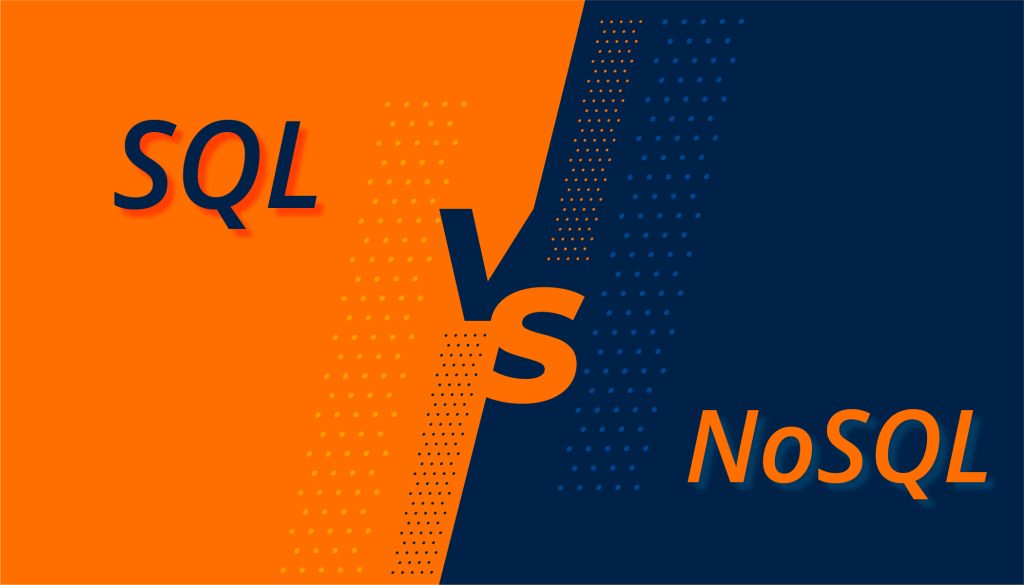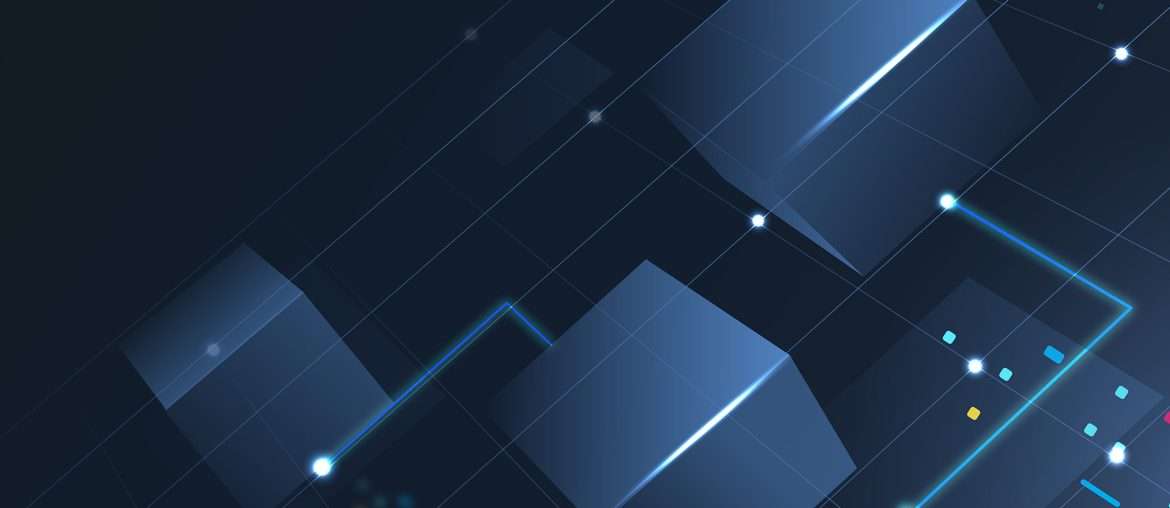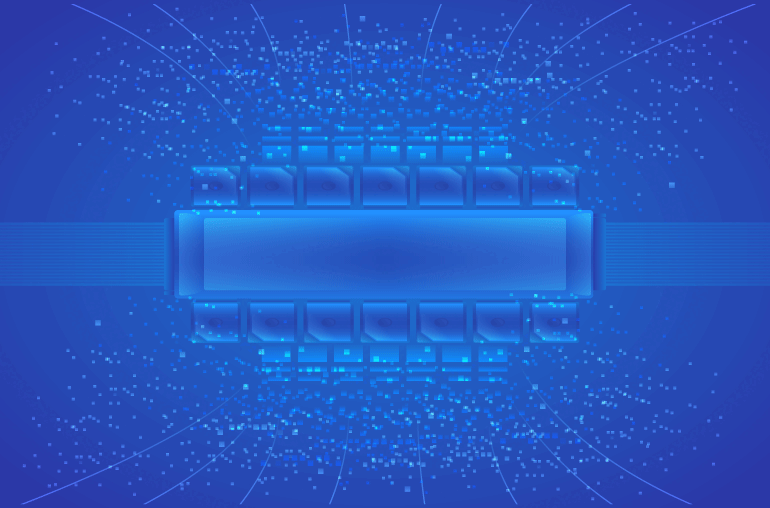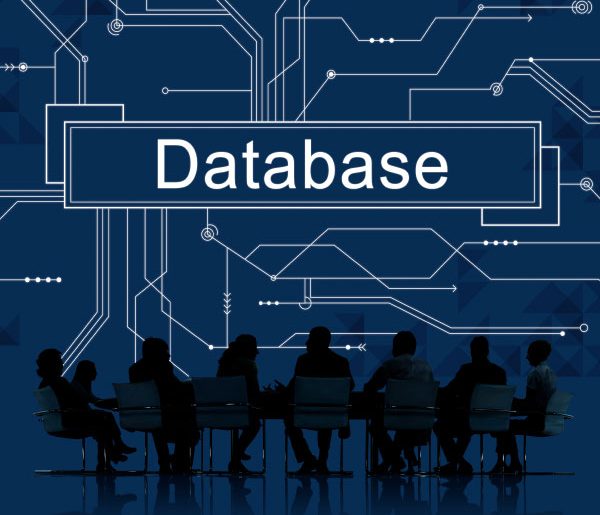SQL and NoSQL are two database management systems that have grown in popularity over the years. While they both store and retrieve data, they differ in structure, data modeling approach, scalability, and other aspects. Understanding the difference between SQL and NoSQL databases is essential for anyone working in database management.
Let’s deep dive into the differences between SQL and NoSQL databases in detail, including their data models, querying capabilities, scalability, and performance, to have a clear understanding of both database management systems and be better equipped to choose the right database management system for your needs.
What is a SQL database?
SQL (Structured Query Language) databases are a type of relational database that stores data in a structured manner with a predefined schema that outlines the relationship between tables and the data contained within them. Similar to a spreadsheet, the data in a SQL database is organised into tables, with each table containing rows (records) and columns (fields).
SQL databases are known for their reliability, stability, and security, making them a popular choice for applications that require transactions, strict data integrity, and complex relationships between data. To interact with the data stored in a SQL database, you use a programming language, such as SQL, to perform operations such as inserting, updating, and retrieving data.
Some popular examples of SQL databases include MySQL, Oracle, PostgreSQL, etc
Advantages of SQL
Open-source and portable: SQL is a popular open-source database. It is supported by low-cost databases such as PostgreSQL, MariaDB, and MySQL. It can run on desktops, laptops, servers, and even smartphones and is easily transferable to other devices.
Efficient query processing: SQL databases are capable of quickly processing large amounts of data from database records. It provides users with a fast and efficient way to get, modify, or store data, with operations like deletion, insertion, querying, manipulation, and data calculations completed in seconds.
Standardized query language : In 1986, SQL, a relational database, received its first ANSI standard. Within a year, ISO had standardized it. It offers users proper documentation and support, as well as a consistent platform across the globe.
No coding expertise: SQL does not require extensive coding or program-writing knowledge to retrieve data. Its core keywords, which are used in its operation and syntactical rules, such as INSERT, UPDATE, and DELETE, are simple to understand and written in simple language.
Disadvantages of SQL
Resource-Intensive Scaling: SQL requires a larger hardware investment when scaling up vertically. As the amount of data processed and stored grows, so does the amount of processing power required to handle it. It can be expensive to maintain because it requires more time and resources. In addition, dealing with a larger database may necessitate some specialised coding.
Partial Control: SQL has some hidden corporate rules and regulations; therefore, developers do not have complete control over the databases.
Modification in Hardware: SQL databases may be limited by the hardware on which they are run, and changing or upgrading the hardware can be difficult and expensive. For example, if a database needs more memory or storage space, capacity can only be increased by adding abilities such as CPU, RAM, and SSD to the available server; otherwise, it may be necessary to replace the entire hardware setup.
Complex Interface: SQL can have a complex interface with a steep learning curve for beginners. The syntax and structure of SQL can be difficult to master, and errors can be hard to diagnose and correct.
What is a NoSQL database?
NoSQL databases referred to as “not only SQL” are a type of non-relational database that are designed to handle large amounts of unstructured and semi-structured data. NoSQL databases do not have a fixed schema and are more flexible in terms of data structure. This makes them well suited for applications that require rapid scalability, high performance, and real-time data processing.
NoSQL databases can handle a wider variety of data types, including documents, graphs, key-value pairs, and columns, and can be optimized for specific data management requirements such as high availability, scalability, and processing of large amounts of unstructured data. To interact with the data stored in a NoSQL database, you use APIs or libraries, rather than a programming language like SQL.
Some popular examples of NoSQL databases include MongoDB, Cassandra, Couchbase, etc.
Advantages of NoSQL
Scalability with scale-out architectures: Scalability is easily achieved with the scale-out architecture of NoSQL systems whenever data volume increases. It distributes data storage and processing work across large computer clusters. In order to increase capacity, you can easily add more computers to the cluster.
Flexibility with different data models: Unlike relational databases, NoSQL databases can easily store, combine, and retrieve any type of data, be it structured, unstructured, or semi-structured. The schemas of various NoSQL databases are flexible, as they easily adapt to new forms of data. Also, they support widely used data formats like text data, time series data, JSON files, and much more.
Stores large amounts of datasets: Scale-out architectures enable various NoSQL databases to store and handle huge datasets. This makes them an ideal fit for IoT (the Internet of Things), big data applications, and various other real-time analytics.
Reduced latency for users: NoSQL databases reduce the latency by automatically replicating the data across multiple servers, cloud resources, or data centres. Thus, it allows the database management team to lessen their burden and focus on other core areas.
Disadvantages of NoSQL
Lack of standardization: Unlike SQL databases, there is no standardization across NoSQL databases, which can make it difficult to migrate data between different systems or to integrate data with other applications.
Limited querying options: NoSQL databases typically offer limited querying options compared to SQL databases. While some NoSQL databases support ad-hoc queries, they often lack the powerful querying capabilities of SQL databases, making it difficult to perform complex queries.
Lack of ACID: Another disadvantage of NoSQL databases is the lack of ACID (atomicity, consistency, isolation, and durability) compliance. ACID compliance ensures that database transactions are processed reliably and consistently, which is critical for applications that require data integrity. However, many NoSQL databases prioritize scalability and performance over ACID compliance, which can lead to data consistency issues in some situations.
Limited community support: While the NoSQL community is growing, it is still relatively small compared to the SQL community, which means that there may be fewer resources available for troubleshooting and support.
Comparison: SQL vs NoSQL database

Here’s a table showing the key difference between SQL and NoSQL databases:
| Basis for difference | SQL Database | NoSQL Database |
| Data Model | Relational | Non-relational |
| Schema | Fixed | Dynamic |
| Data Integrity | Strict | Relaxed |
| Query Method | SQL language | Different query methods for different database types |
| Scalability | Vertical (scale up by adding more resources to a single node) | Horizontal (scale out by adding more nodes to the database cluster) |
| Performance | Slower for large amounts of data | Faster for large amounts of data |
| Data Types | Limited to predefined data types | Supports a wider range of data types, including documents, graphs, key-value pairs, and columns |
| Transactions | Supports transactions with ACID properties | Limited or no support for transactions |
| Structure | Structured data | Unstructured or semi-structured data |
| Scalability | Limited scalability | Scales easily |
| Hierarchical data storage | Not suited for hierarchical data storage. | Best suited for hierarchical data storage. |
| Best suited for | Complex query | Not much suited for complex query |
When to use SQL or NoSQL databases?
When your data is highly structured and requires a high level of integrity and security, SQL databases are the best choice. It works well when you perform complex queries on a regular basis and don’t need scale-out capabilities. It is ideal for applications that require strong data consistency, complex querying, and a moderate amount of data.
A non-relational NoSQL database, on the other hand, stores unstructured data using flexible schemas. It offers scalability and flexibility, but with less control over consistency and data relationships.
If you require high read performance, such as with Cassandra and Riak, NoSQL may be a better choice. In addition, data replicates across nodes in a NoSQL system, which reduces the likelihood of data loss or application downtime in the event of a single node failure.
As previously discussed, SQL and NOSQL differ in structure, capabilities, performance, and use cases. The database choice is determined by your data and workload requirements. However, there is no such limitation to choosing one database type over another. Depending on your organization’s needs, you can implement both SQL and NoSQL database systems to get the best of both worlds.




